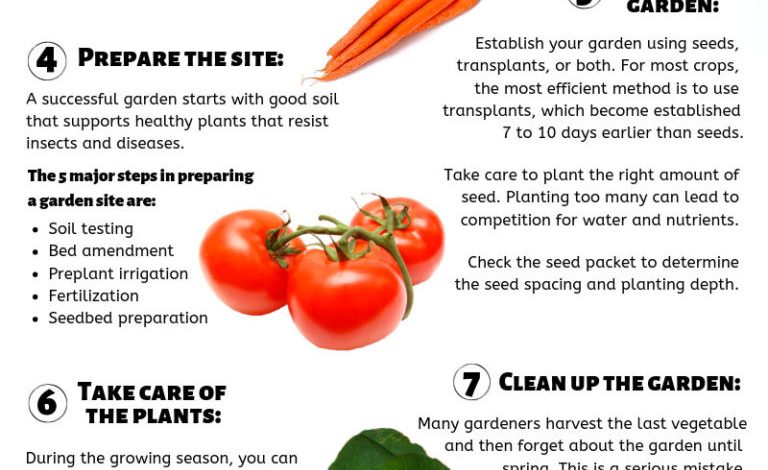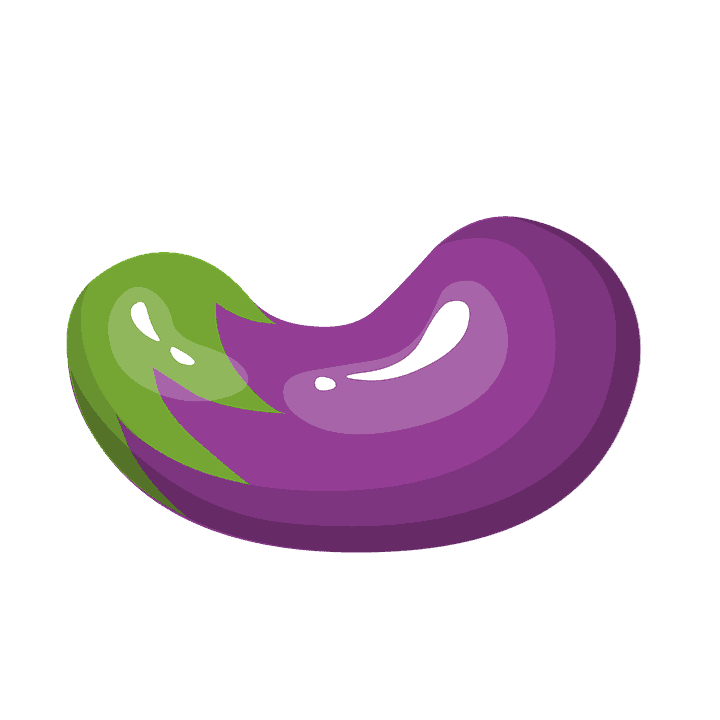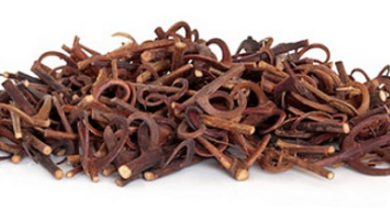Fruit Vegetables: [Planting, Care and Types]

What are fruit vegetables?
According to the Food and Agriculture Organization of the United Nations, FAO (2018), the word vegetable is very useful when referring to nutrition and in terms of domestic terminology.
However, foods referred to as vegetables include fruits such as tomatoes and squash, leaves such as Swiss chard, roots such as carrots, and even stems such as celery and flowers such as cauliflower.
Types of fruit vegetables
They are classified into Solanaceae fruits, which are berry-shaped with skin and flesh; and in cucurbits, which are those that usually have thick-skinned consistency and contain a large amount of water.
In this sense, fruit vegetables are typified in the following:
Tomatoes
It is of the bushy type, it is cultivated annually.
With a very broad root system, an angular stem covered with glandular hairs, with alternate leaves with a large terminal leaflet and jagged edges, its fruit is berry-shaped in red, green or yellow.

It is one of the most consumed vegetables, since it provides vitamins A and C in high amounts and minerals, mainly potassium. In addition, because it has various culinary uses, it is important for food.
Complete guide to planting tomatoes.
Pepper
It is of herbaceous type, it is cultivated annually.
With a taproot and deep, erect stem and entire leaves, hairless and long petiole, bright and intense green, with hollow berry-shaped fruit of green, red, yellow or orange.
It is a fruit vegetable that is very rich in vitamins A, C, B1, B2 and P. The pigments that give it such varied colors are carotenoids and are very useful in the culinary field.
Complete guide to planting peppers.
Eggplant
It is of perennial type, it is cultivated annually.
It has a rigid and erect stem; alternate, large, entire leaves with tomentose undersides; with grayish purple flowers in small groups; its fruit is a fleshy berry of highly variable shapes and colors.
The aubergine has the characteristic of not containing high concentrations of carotenoids or vitamin C.
Likewise, it is widely used because its energy value is very low and its nutritional value is discreet.
Complete guide to planting eggplants.
pumpkin or squash
It has a high fiber content and is very diuretic.
The pumpkin is spherical, flattened or oval with variable sizes. Its color can be orange, yellow, red, greenish or a mixture of various colors.
Its pulp is orange or yellow. Also, it is rich in beta-carotene or provitamin A and vitamin C. It has appreciable amounts of vitamin E, folates and other B vitamins such as B1, B2, B3 and B6.
Complete Guide to Planting Pumpkins.
Zucchini
It is elongated. Its ideal size is 14 to 20 centimeters.
The color of their skin is variable, it can be: yellow, light green or dark. Its pulp is always white. Zucchini is a vegetable that contains carbohydrates and small amounts of fat and protein.
It has a moderate contribution of fiber, which makes it a low-calorie food. As for its vitamin content, the discreet presence of folate stands out, followed by vitamin C.
It also contains B vitamins such as B1, B2 and B6, but in smaller amounts.
Complete guide to plant zucchini.
Cucumber
It is a herbaceous plant, elongated and rounded at the tip.
They are between 15 and 25 centimeters in length. Its skin is green, which turns yellow at the tips, and the pulp is between white and yellowish.
It is a low-calorie vegetable due to its low carbohydrate content. It provides fiber, small amounts of vitamin C, provitamin A and vitamin E.
Complete guide to growing cucumbers.
How to Plant Fruiting Vegetables
To carry out the planting process of the various fruit vegetables, the following must be considered:
- The soil must have a medium consistency and be fresh.
- Have good drainage without stagnation to avoid rotting the roots and fruits.
- As for the subscriber, it must be done with organic matter and adding well-fermented compost.
- When the first buds appear, it is necessary to fertilize with potassium for later production.
- In pepper, eggplant or tomato, axillary shoots should be removed.
- Cucurbits require that the radial branches available to them be cut frequently in the case of a small number of shoots.
The Irrigation of Fruit Vegetables
Drip irrigation is the most suitable for planting fruit vegetables. In this sense, the following recommendations are contemplated at the time of irrigation for fruit vegetables:
- Prevent the substrate from drying out completely because it can cause the appearance of distorted fruits.
- It should always be watered on the ground and not aerially.
- If the soil is compact, check whether the substrate is moist or not, and apply irrigation only if necessary.
How often should it be watered?
The frequency of irrigation will depend on:
- If the soil is loose, it should be done more often, even in very hot times it will have to be done a couple of times a day
- It should be taken into account that the most ideal is to water in the late afternoon or early in the morning, but never in the middle of the day.
Pests and Diseases of Fruiting Vegetables
The main pests and diseases in fruit vegetables are:
- Red spider: a mite that can be seen with a magnifying glass. It develops on the underside of the leaves causing discoloration, pitting or yellowish spots that can be seen on the upper side as the first symptoms.
- Vasate: is a type of mite that occurs in greenhouse cultivation. It causes tanning or rust, first on the stem and later on the leaves and even fruits. It evolves ascendingly from the basal part of theplant.
- White spider: this pest attacks by curling the veins in the apical leaves and shoots, as well as curling the more developed leaves. In more advanced attacks, dwarfism and an intense green coloration of the plants occur.
- White fly: the damage is caused by larvae and adults when they feed, absorbing the sap of the leaves, which is due to the proliferation ofboldon the molasses that it excretes, staining the fruits and hindering the normal development of the plants.
- Aphid: generates polymorphism, with winged and wingless females of viviparous reproduction. They form colonies and are distributed in foci that are dispersed, mainly inspringandautumn, by winged females.
- Thrips: colonize spawns within plant tissues in leaves, fruits and, preferably, in flowers. The damage is produced mainly on the underside of the leaves, leaving a silvery appearance on the affected organs that later become necrotic.
- Nematodes: they cause the obstruction of vessels and prevent absorption by the roots, resulting in a lower development of the plant and the appearance of green wilt symptoms.
- Oidium, Ceniza or Oidiopsis: yellow spots are producedon the upper side that become necrotic in the center, showing a whitish powder on the underside. In case of a strong attack, the leaf dries up and falls off.
- Gray rot or Botrytis: parasite that attacks a large number of plant species, affecting all protected horticultural crops. Brown lesions occur on leaves and flowers.
- White rot: polyphagous that attacks all cultivated horticultural species. The disease starts from soil sclerotia from previous infections, which germinate under conditions of high relative humidity and mild temperatures.
- Verticilium: produces penetration into the soil, through wounds in the roots. And it generates a significant decrease in yields and the size of the fruit.
- Gummy canker of the stem: it mainly affects the cotyledons in which it produces rounded brownish spots, and in which small black and brown spots are observed.
History of fruit vegetables
All vegetables have their origin in various regions of the planet, each with a different climate and soil.
When they were grown in orchards, their use was conditioned by the availability of other foods, which is why the importance they had in the diet of the different peoples was very varied and their use in primitive kitchens even more diverse.
Globalization has been responsible for the fact that most of them are grown and consumed in almost every country in the world, and knowledge in dietetics and nutrition -on the other hand- have made them increasingly valued for the multiple benefits they provide..
 When vegetables began to be cultivated, roots, stems, leaves, fruits or seeds were consumed, but little by little a specialization of the applications that each one has was produced.
When vegetables began to be cultivated, roots, stems, leaves, fruits or seeds were consumed, but little by little a specialization of the applications that each one has was produced.
In this way, the cereals were dedicated to the production of grains mainly, from the trees their fruits were consumed and from some annual plants what was considered more appetizing or necessary was used, from the lettuce the leaves were used, from the carrot the root and of the eggplant the fruit.
In this sense, fruit vegetables and vegetables have not always been as they can be seen today.
This is because before humans cultivated them, they had a very different appearance that has been changing over time, that is, like all living beings, vegetables have also evolved.

![Photo of How to Plant Turmeric: Complete Guide + [Step by Step]](https://www.complete-gardening.com/wp-content/uploads/2022/08/how-to-plant-turmeric-complete-guide-step-by-step-390x220.jpg)


![Photo of Sowing African Violet: [Needs, Substrate, Irrigation and Cultivation]](https://www.complete-gardening.com/wp-content/uploads/2022/08/sowing-african-violet-needs-substrate-irrigation-and-cultivation-390x220.jpg)